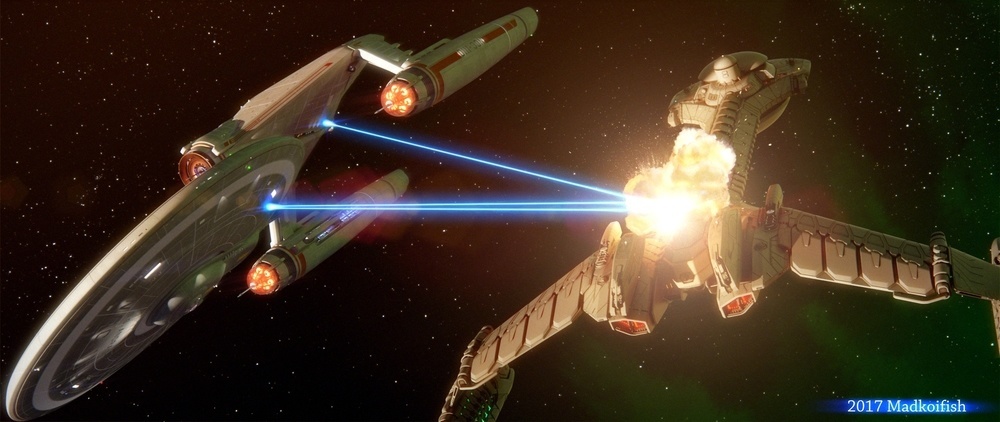Also, remember that replicators are basically an "output device," like a monitor or speaker or printer. Think of what happens when a monitor or speaker cable starts to go, or you run out of one type of ink so your printouts start fading, or your monitor settings are off just a tiny shade.
One of the details that we-the-audience can't see (but which gets frequently remarked upon by characters) is the taste/texture of replicated food. However fancy the dishes might look to us, replicators are basically fast-food --intended to keep a crew member fed, comfortable, and healthy, but not intended for state or family dinners. It's a quarter-pounder, not a well-done hamburger steak. Logically, the same kind of thing happens with other replicated objects; "good enough" is usually good enough.
Even if a scanned sample is absolutely perfect (like a bottle of Chateau Picard 2358, or a hand-made 600-year-old Japanese sword, or a 400-year-old tansforming robot toy), it's possible the replicator just doesn't have the "resolution" to do it justice (the wine tastes like grape juice, the sword is riddled with microfractures, and the Transformer's plastic colour is just a little darker than it should be).

